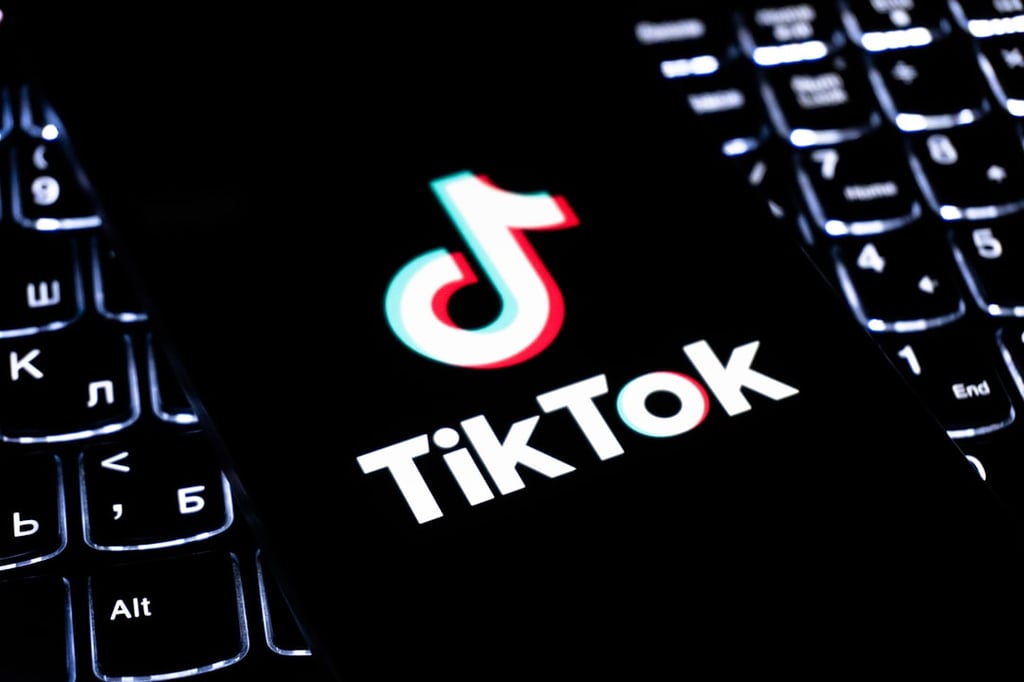Consumers consider accuracy to the most important attribute of a wearable that tracks health information, according to a recent study from wearables technology company Valencell and the MEMS & Sensors Industry Group, a Micro-Electro-Mechanical Systems (MEMS) trade association. In a survey of 706 American consumers, 42 percent of respondents owned or had owned a wearable […]
Datamation content and product recommendations are
editorially independent. We may make money when you click on links
to our partners.
Learn More
Consumers consider accuracy to the most important attribute of a wearable that tracks health information, according to a recent study from wearables technology company Valencell and the MEMS & Sensors Industry Group, a Micro-Electro-Mechanical Systems (MEMS) trade association.
In a survey of 706 American consumers, 42 percent of respondents owned or had owned a wearable device. Sixty-three percent said they considered accuracy a critical feature. Comfort and battery life took 57 percent and 47 percent of the vote, respectively. Among non-owners, 74 percent said they would consider picking up a fitness tracker or other wearable to manage their health if its accuracy was up to snuff.
“More consumers than ever before are looking to biometric wearables to monitor their health and fitness, and wearables that cannot be trusted for accuracy will ultimately lose out to wearables that have been properly validated,” said Steven LeBoeuf, president and co-founder of Valencell, in a statement.
MEMS-based technologies, which use both mechanical and electrical components to sense physical changes, a may help device makers create more accurate, and presumably more consumer-friendly, wearables, suggested Karen Lightman, executive director of the MEMS & Sensors Industry Group.
“Beyond accuracy, MEMS and sensors make wearables more interesting because they literally sense the world around us,” she stated. “With so much advanced functionality now at their disposal, I am convinced that wearables designers will introduce new and compelling products that consumers will consider ‘must-have’ rather than just view as ‘nice-to-own.'”
The wrist is the preferred place for wearables. Among owners, wristbands (52 percent) led the charge, followed by earbuds (36 percent) and smartwatches (32 percent) like Samsung’s Gear S or the Apple Watch.
Fifty-six percent of owners wear their devices every day while 13 percent wear it once a week. More than a third (37 percent) said they had stopped using them within three months of getting one.
Charging hassles (40 percent) is the top reason many wearables are now collecting dust, followed by inaccurate readings (29 percent). Twenty-six percent said they found their devices uncomfortable to wear and another 24 percent said their devices failed to continually deliver interesting insights.
Step counting was the most useful feature (35 percent) among wearable device owners, followed by heart rate monitoring (18 percent) and notifications (12 percent). At the top of owners’ wearables wish list is stress (55 percent), hydration-level (48 percent) and blood-pressure monitoring.
Pedro Hernandez is a contributing editor at Datamation. Follow him on Twitter @ecoINSITE.
-
Huawei’s AI Update: Things Are Moving Faster Than We Think
FEATURE | By Rob Enderle,
December 04, 2020
-
Keeping Machine Learning Algorithms Honest in the ‘Ethics-First’ Era
ARTIFICIAL INTELLIGENCE | By Guest Author,
November 18, 2020
-
Key Trends in Chatbots and RPA
FEATURE | By Guest Author,
November 10, 2020
-
Top 10 AIOps Companies
FEATURE | By Samuel Greengard,
November 05, 2020
-
What is Text Analysis?
ARTIFICIAL INTELLIGENCE | By Guest Author,
November 02, 2020
-
How Intel’s Work With Autonomous Cars Could Redefine General Purpose AI
ARTIFICIAL INTELLIGENCE | By Rob Enderle,
October 29, 2020
-
Dell Technologies World: Weaving Together Human And Machine Interaction For AI And Robotics
ARTIFICIAL INTELLIGENCE | By Rob Enderle,
October 23, 2020
-
The Super Moderator, or How IBM Project Debater Could Save Social Media
FEATURE | By Rob Enderle,
October 16, 2020
-
Top 10 Chatbot Platforms
FEATURE | By Cynthia Harvey,
October 07, 2020
-
Finding a Career Path in AI
ARTIFICIAL INTELLIGENCE | By Guest Author,
October 05, 2020
-
CIOs Discuss the Promise of AI and Data Science
FEATURE | By Guest Author,
September 25, 2020
-
Microsoft Is Building An AI Product That Could Predict The Future
FEATURE | By Rob Enderle,
September 25, 2020
-
Top 10 Machine Learning Companies 2020
FEATURE | By Cynthia Harvey,
September 22, 2020
-
NVIDIA and ARM: Massively Changing The AI Landscape
ARTIFICIAL INTELLIGENCE | By Rob Enderle,
September 18, 2020
-
Continuous Intelligence: Expert Discussion [Video and Podcast]
ARTIFICIAL INTELLIGENCE | By James Maguire,
September 14, 2020
-
Artificial Intelligence: Governance and Ethics [Video]
ARTIFICIAL INTELLIGENCE | By James Maguire,
September 13, 2020
-
IBM Watson At The US Open: Showcasing The Power Of A Mature Enterprise-Class AI
FEATURE | By Rob Enderle,
September 11, 2020
-
Artificial Intelligence: Perception vs. Reality
FEATURE | By James Maguire,
September 09, 2020
-
Anticipating The Coming Wave Of AI Enhanced PCs
FEATURE | By Rob Enderle,
September 05, 2020
-
The Critical Nature Of IBM’s NLP (Natural Language Processing) Effort
ARTIFICIAL INTELLIGENCE | By Rob Enderle,
August 14, 2020
SEE ALL
ARTICLES
Pedro Hernandez is a contributor to Datamation, eWEEK, and the IT Business Edge Network, the network for technology professionals. Previously, he served as a managing editor for the Internet.com network of IT-related websites and as the Green IT curator for GigaOM Pro.









